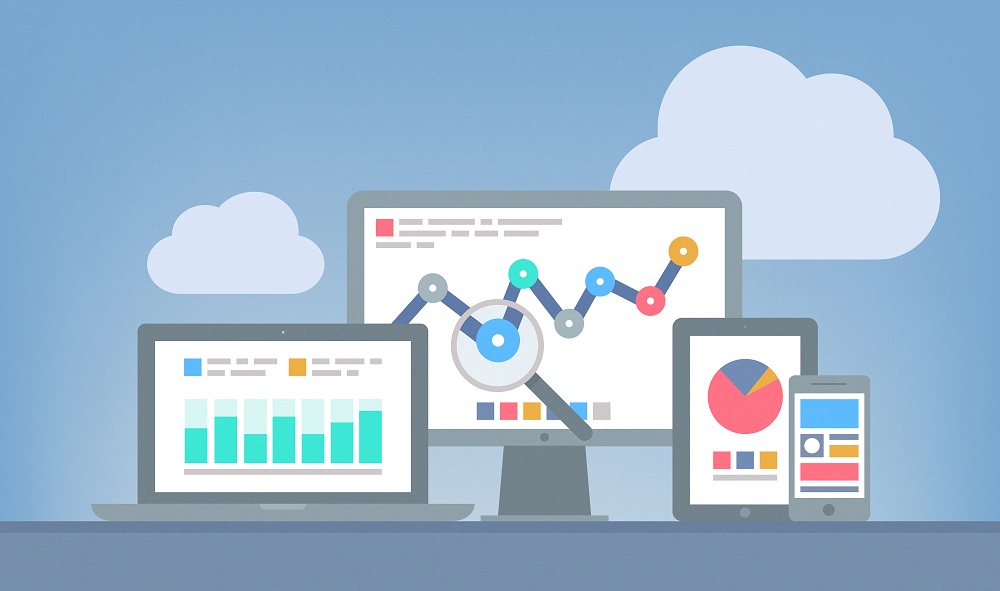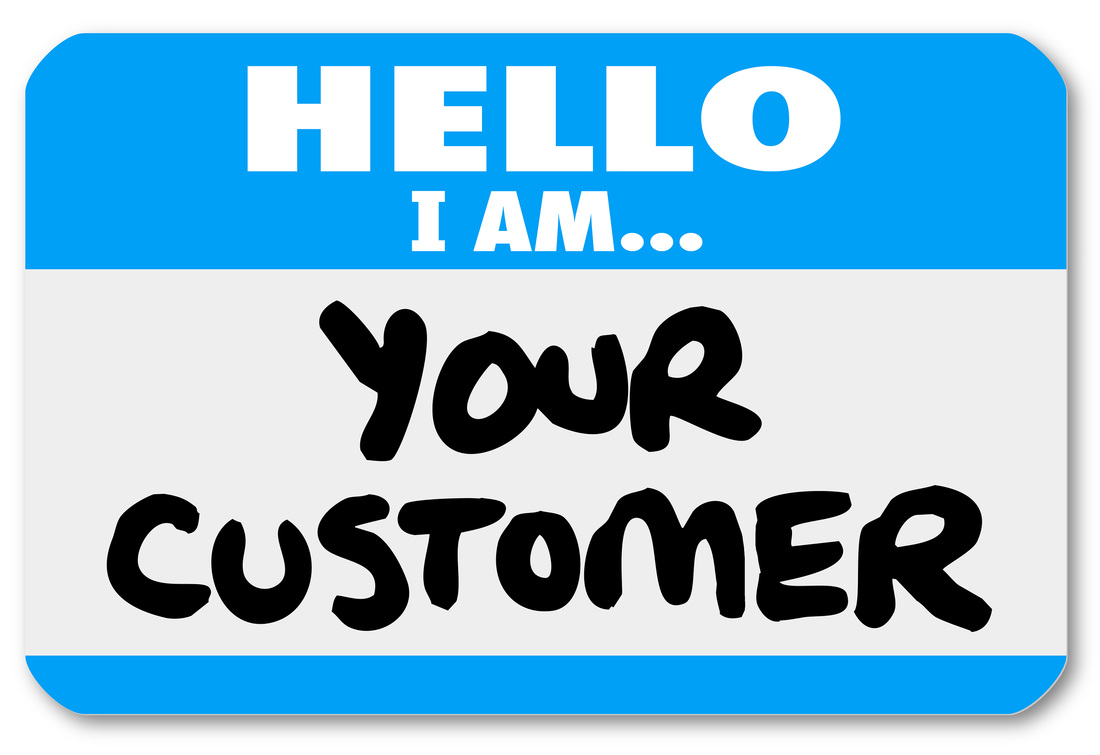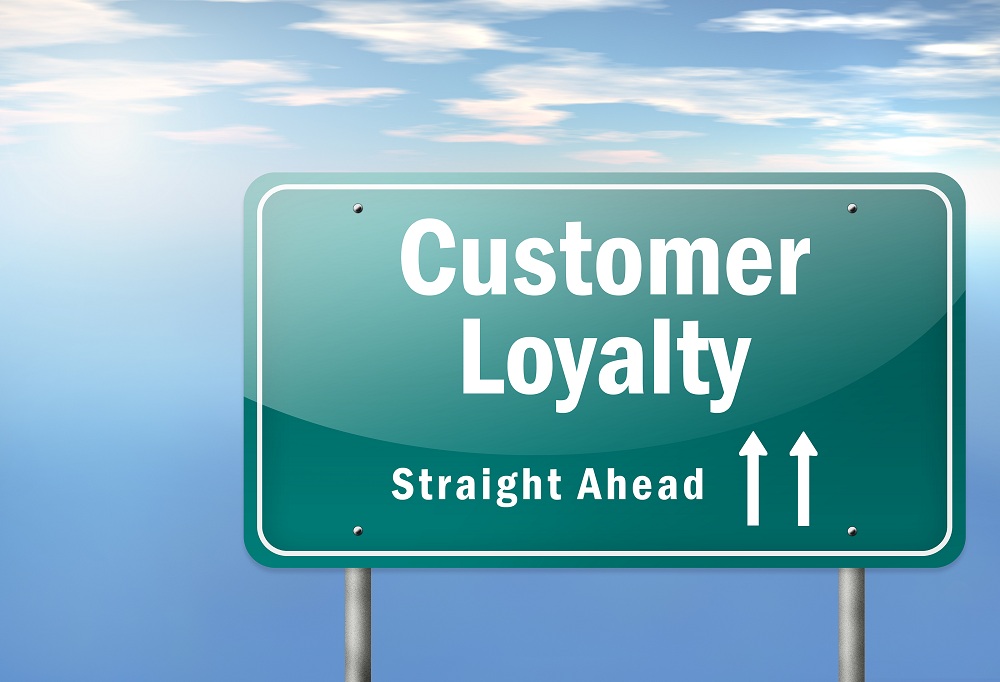Thanks to new technology, alternative communication methods have rapidly replaced face-to-face communication and become a preferred method for many young business professionals. For many, it’s more comfortable and more efficient. Yet, even with the immediate availability and options of business communications in our digital world, many business experts warn not to overlook the value of face-to-face communication.
Here are five benefits of the effectiveness of utilizing face-to-face communication:
Make it personal. Personal communication goes beyond what is said--it can offer insight into your influence and how you make people feel. Engaging and collaborating with your clients, customers and partners allows them a chance to get to know you as a person, making the relationship personal.
Build a trusted network. Many agree that only face-to-face communication can build stronger, more meaningful and longer-lasting relationships. Those face-to-face meetings and conversations are more candid and can lead to long-term relationships that are nurtured online and elsewhere.
The non-verbal factor. Only face-time allows people to read body language, analyze facial expressions and interpret nonverbal communication signals. Those signals allow key opportunities for negotiation, persuasion, engagement, inspiration and quick decision-making.
The “human” connection. When it comes to factors like teamwork and productivity, face-time can offer more context and insight into the bigger goals and objectives of teams, departments and companies. The impact of solid relationships and cohesiveness can also be seen in engaging processes like brainstorming and idea generation.
Making better decisions. The best decisions can only be made with the best information available. The quality of the decision-making process is often based on complex information, negotiated agreements and the exchange of critical and confidential information, all of which are more effective in face-to-face communication.






 RSS Feed
RSS Feed
